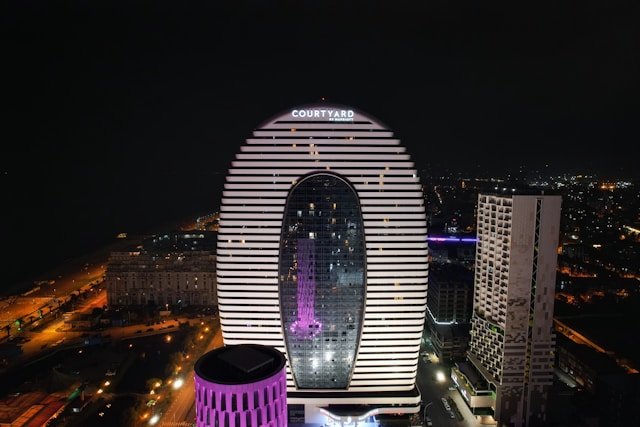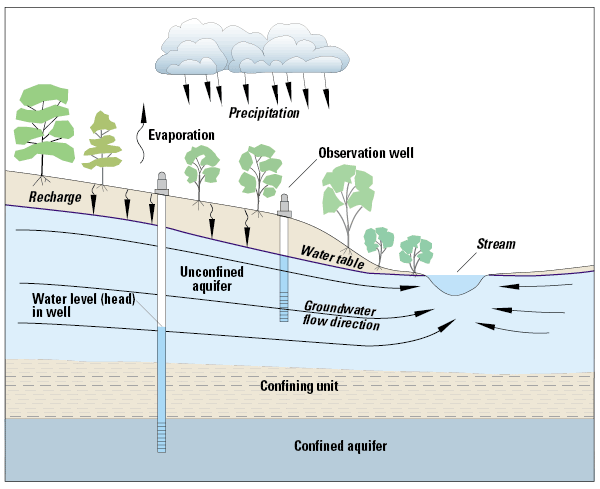Picture yourself in a serene forest, a majestic river flowing before you. As you observe the river's course, you begin to grasp its profound significance: it embodies three pillars: institutions, legacy, and tradition, all of which have shaped this forest.
Let me explain.
Institution: We see that the river is flowing through a waterbed established centuries ago.
Legacy: The river does not just carry water. It's a testament to this forest's endurance, carrying life-sustaining resources and leaving a lasting imprint on the environment.
Tradition: Now view the ripples and the currents of the river. They represent how the river has served this forest for generations and generations.
Now, let's bring Waterless Co into the mix.
Waterless Co. stands as an Institution with a rich history of marketing waterless urinals that have revolutionized water usage. Our products are not just about conservation; they are about water efficiency and innovation.
After 33 years and being the first company to introduce waterless urinals to North America, the company has established a Legacy of historical accomplishments. Before Waterless Co, few restroom fixture manufacturers or industries were concerned about reducing water consumption and using water more efficiently.
Finally, in many areas of the country, installing waterless urinals is now a Tradition. In other words, the installation of waterless urinals in new and existing buildings is now status quo, especially in drier areas of North America.
However, these three pillars all link to the past. Are institution, legacy, and tradition part of the company's future? In other words, is there an enduring impact? Let's see:
As an Institution, the company has created a long-lasting and significant impact on the water fixture industry. Today, most water fixture manufacturers focus on reducing water consumption.
Waterless Co has established a Legacy that continues today and into the future. This is a legacy of long-term benefits for people and our environment all over North America.
It has created a Tradition in the restroom fixture industry and the building and construction industry, which is still unfolding today and will persist for years.
While the three terms have some overlap, we can see how the company's historical past is shaping our future. By introducing waterless urinals three decades ago, Waterless Co has established new values and practices, which are now being adopted in industries worldwide.
Waterless Co., Inc. is a pioneer in water efficiency. We are the go-to company when it comes to reducing water consumption, understanding the many benefits of waterless urinals, and finding ways to use water more efficiently. For more information, contact a Waterless Co Specialist.





















